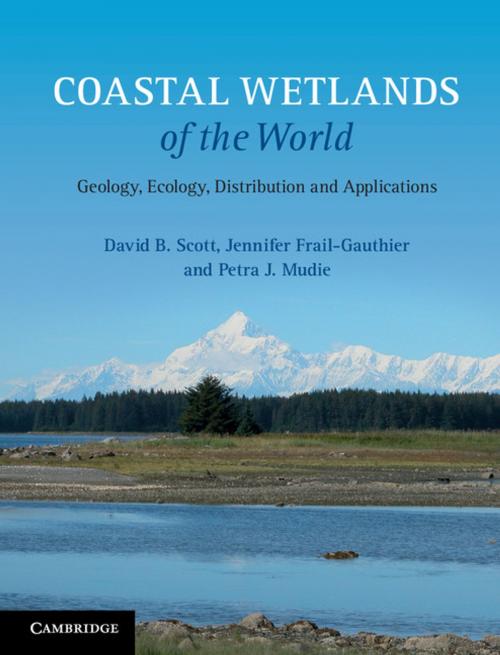Coastal Wetlands of the World
Geology, Ecology, Distribution and Applications
Nonfiction, Science & Nature, Technology, Environmental, Science, Biological Sciences, Environmental Science| Author: | David B. Scott, Jennifer Frail-Gauthier, Petra J. Mudie | ISBN: | 9781139862493 |
| Publisher: | Cambridge University Press | Publication: | March 27, 2014 |
| Imprint: | Cambridge University Press | Language: | English |
| Author: | David B. Scott, Jennifer Frail-Gauthier, Petra J. Mudie |
| ISBN: | 9781139862493 |
| Publisher: | Cambridge University Press |
| Publication: | March 27, 2014 |
| Imprint: | Cambridge University Press |
| Language: | English |
Salt marshes and mangrove forests, the intertidal wetlands of the world's coastlines, provide key ecological services to all areas of the globe. This cutting-edge, richly illustrated book introduces the essential elements of coastal wetlands and their applications. The book opens by introducing coastal oceanography, the physical features of wetlands, their ecology, and human impacts upon them, giving all students the necessary background for wetlands studies. It then presents detailed case studies from around the world with extensive illustrations, supplying a wider, global-scale picture of wetlands geomorphology and biodiversity. The final chapters discuss some unique applications of coastal wetlands, including geological monitoring, uses in biotechnology and agriculture, and various experimental mesocosms. This is ideal as supplementary reading to support students on a wide range of earth and life science courses, from environmental science, ecology and palaeoecology to geomorphology and geography. It will also be a valuable interdisciplinary reference for researchers.
Salt marshes and mangrove forests, the intertidal wetlands of the world's coastlines, provide key ecological services to all areas of the globe. This cutting-edge, richly illustrated book introduces the essential elements of coastal wetlands and their applications. The book opens by introducing coastal oceanography, the physical features of wetlands, their ecology, and human impacts upon them, giving all students the necessary background for wetlands studies. It then presents detailed case studies from around the world with extensive illustrations, supplying a wider, global-scale picture of wetlands geomorphology and biodiversity. The final chapters discuss some unique applications of coastal wetlands, including geological monitoring, uses in biotechnology and agriculture, and various experimental mesocosms. This is ideal as supplementary reading to support students on a wide range of earth and life science courses, from environmental science, ecology and palaeoecology to geomorphology and geography. It will also be a valuable interdisciplinary reference for researchers.















